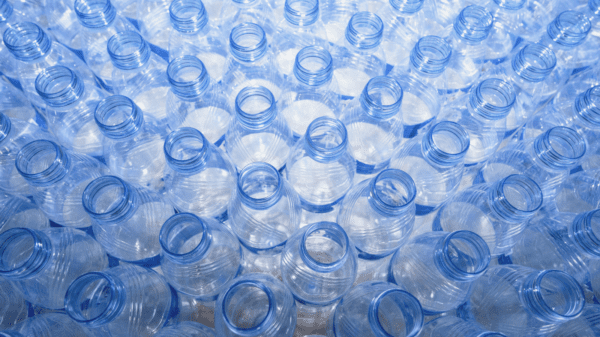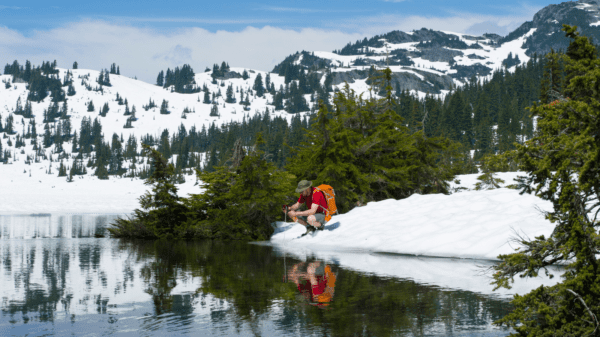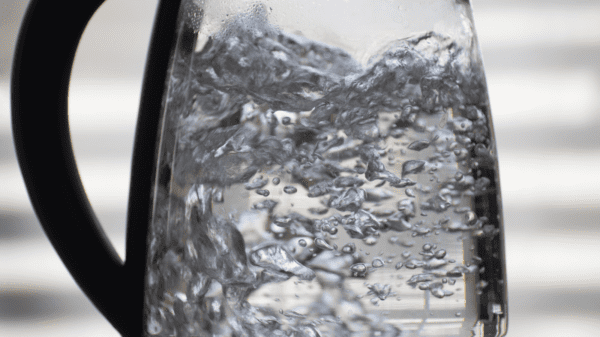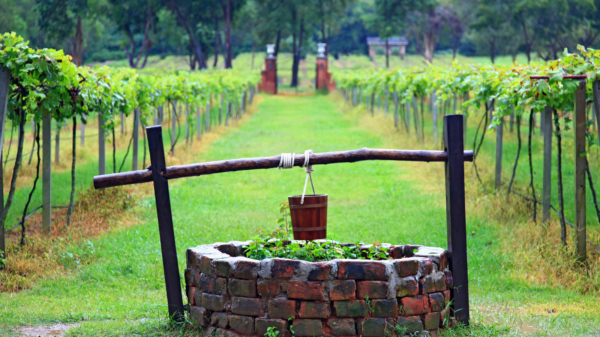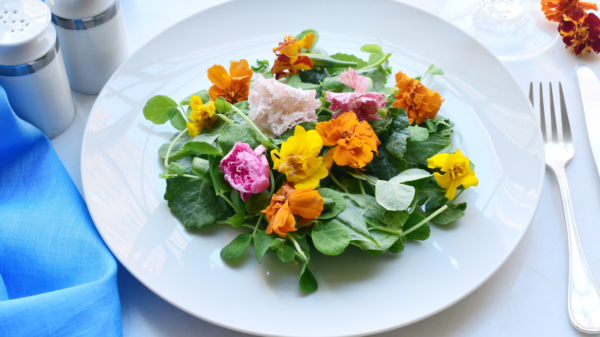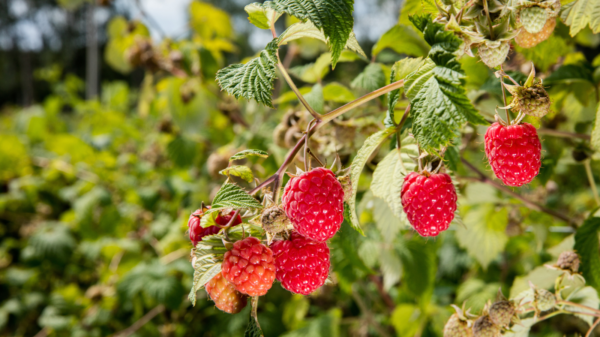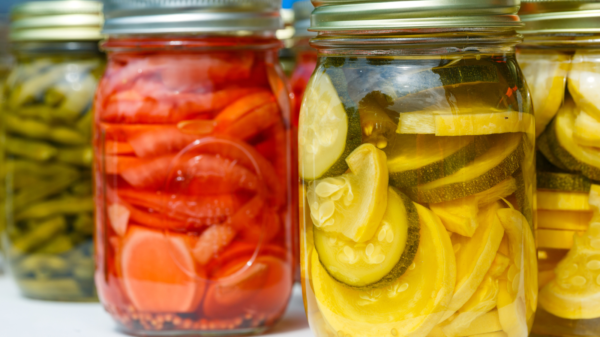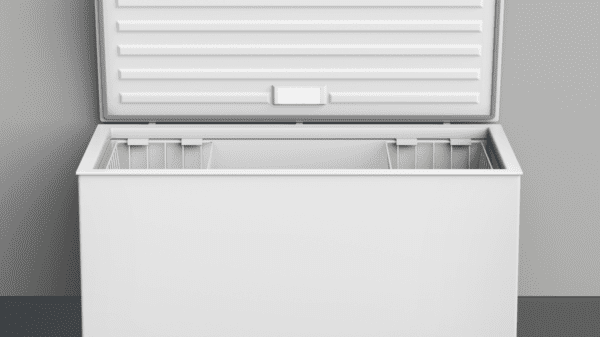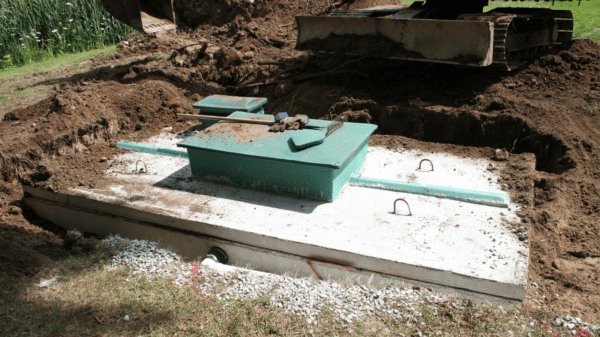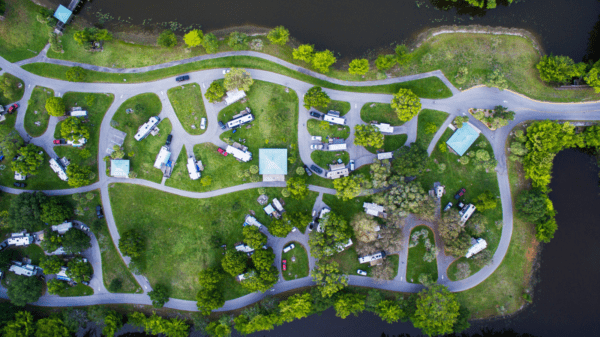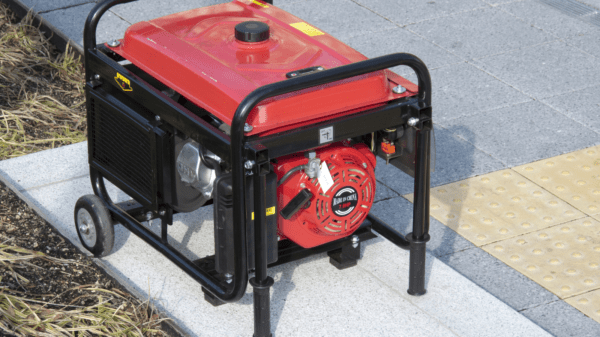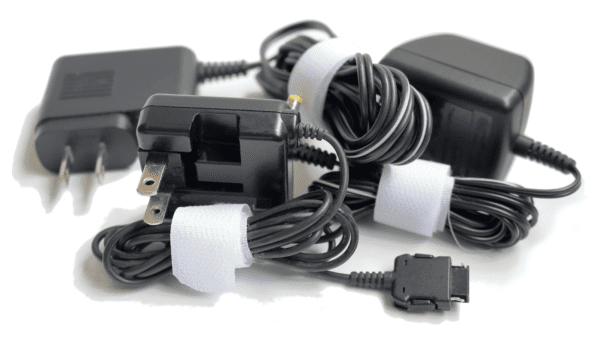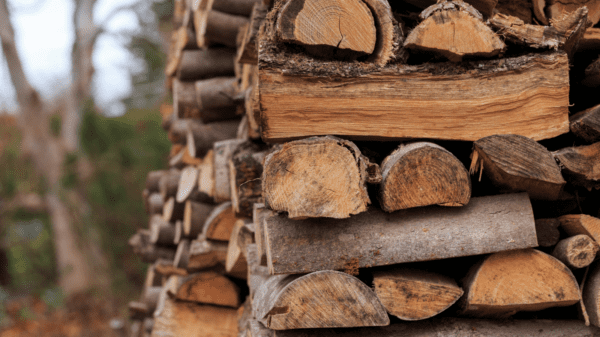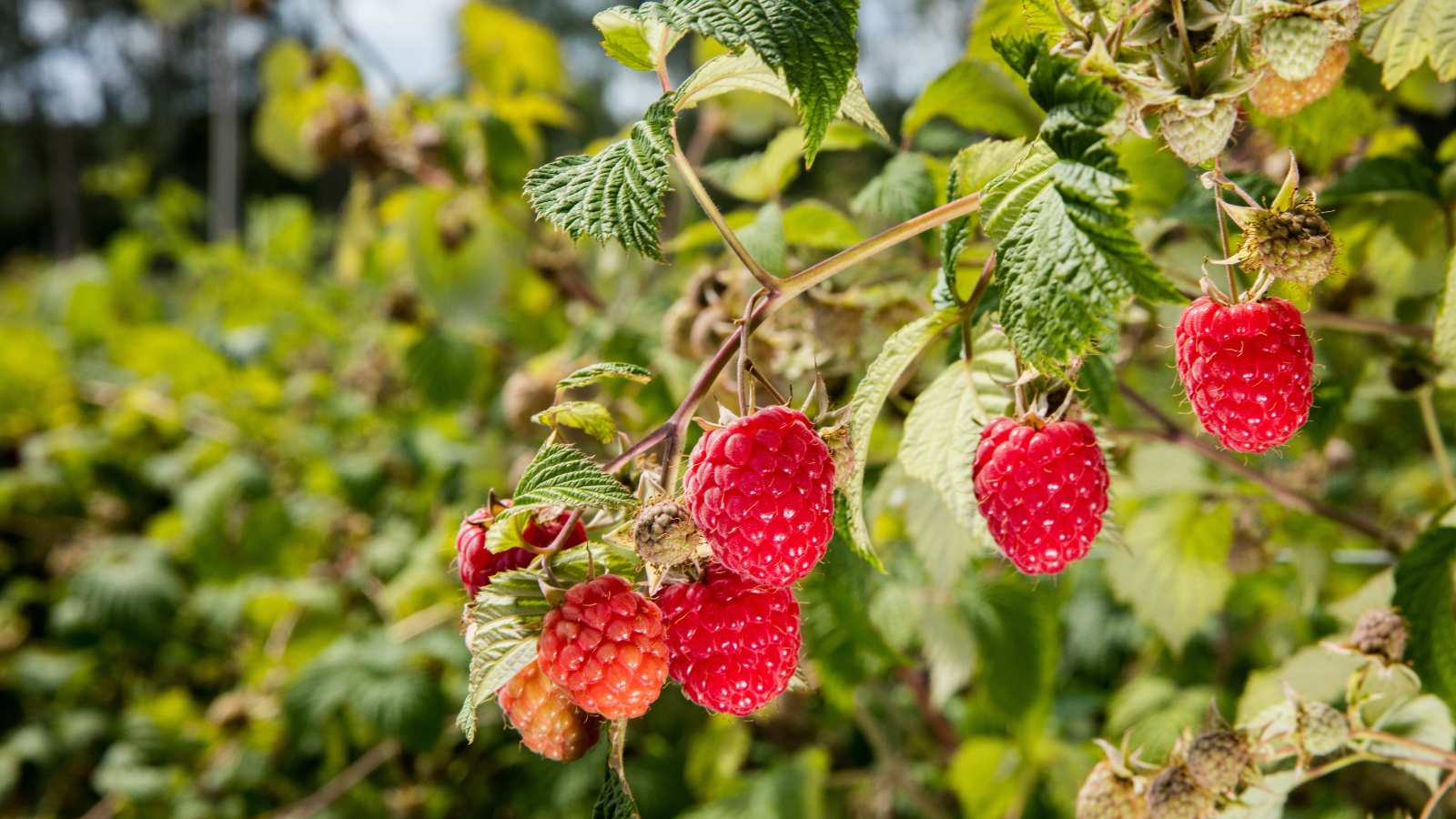Raspberries are a delicious and nutritious fruit that can be enjoyed fresh, frozen, or in various recipes. They are relatively easy to grow and maintain, making them a popular choice for home gardeners and farmers alike. In this article, we will explore the best practices for growing raspberries and provide tips from noted experts in the field.
Table of Contents
Varieties of Raspberries
There are two main types of raspberries: summer-bearing and fall-bearing. Summer-bearing raspberries produce fruit in early to mid-summer, while fall-bearing raspberries produce fruit in late summer or early fall. Within these types, there are several varieties of raspberries to choose from, each with its own unique characteristics.
According to Dr. Marvin Pritts, a horticulture professor at Cornell University, some of the best summer-bearing raspberry varieties for home gardeners include “Nova,” “Heritage,” “Killarney,” and “Boyne.” These varieties are known for their sweet flavor, large fruit size, and disease resistance.
For fall-bearing raspberries, Dr. Pritts recommends “Autumn Bliss,” “Joan J,” and “Jaclyn.” These varieties are known for their high yields and large, firm fruit.
Site Selection
When choosing a site for your raspberry plants, it is important to select an area that receives full sun for at least six hours per day. Raspberries can grow in partial shade, but they will produce fewer berries and be more susceptible to disease.
According to the University of Maine Cooperative Extension, raspberries prefer well-drained soil with a pH between 6.0 and 6.5. They also recommend avoiding areas that have previously been planted with raspberries or other members of the nightshade family, as these plants can harbor soil-borne diseases.
Planting
Raspberries should be planted in the spring, after the last frost date in your area. According to Dr. Pritts, raspberry plants should be spaced 2 to 3 feet apart in rows that are 8 to 10 feet apart.
Before planting, it is important to prepare the soil by removing weeds and adding organic matter, such as compost or aged manure. This will help improve soil fertility and drainage.
When planting raspberry plants, make sure to plant them at the same depth they were growing in their container or nursery bed. According to Dr. Pritts, “Raspberries should be planted so that the soil level is just above the point where the roots flare out from the stem. This will ensure that the plant is not too deep, which can cause root rot, and not too shallow, which can cause the roots to dry out.”
Care and Maintenance
Once your raspberry plants are established, they will require regular care and maintenance to ensure healthy growth and maximum fruit production.
Watering
Raspberries require consistent moisture to grow and produce fruit. According to the University of Minnesota Extension, raspberries should be watered regularly, especially during dry periods. They recommend watering once a week during the growing season, providing one inch of water per week.
Weeding and Mulching
Weeding is essential to the health of your raspberry plants, as weeds can compete with raspberries for nutrients and water. According to Dr. Pritts, “Weed control is critical for the establishment of a healthy, productive raspberry planting.”
Mulching can also be beneficial, as it helps conserve moisture and suppress weed growth. Dr. Pritts recommends using a 3- to 4-inch layer of organic mulch, such as straw, leaves, or wood chips, around the base of the plants.
Fertilization
Raspberries require regular fertilization to maintain healthy growth and maximum fruit production. According to the University of Maine Cooperative Extension, raspberries should be fertilized in early spring, before new growth appears, and again in early summer after fruiting has begun. They recommend using a balanced fertilizer, such as a 10-10-10 or 12-12-12 fertilizer, and applying it at a rate of 1 to 2 pounds per 100 square feet.
Pruning
Pruning is essential to the health of your raspberry plants, as it helps promote new growth and maximize fruit production. According to the University of Minnesota Extension, summer-bearing raspberries should be pruned in the late winter or early spring, while fall-bearing raspberries should be pruned in the early spring.
For summer-bearing raspberries, the University of Maine Cooperative Extension recommends pruning out all canes that produced fruit the previous year, leaving only the healthiest and strongest canes. For fall-bearing raspberries, they recommend cutting all canes to the ground in the late winter or early spring, as these plants produce fruit on new growth.
Disease and Pest Management
Raspberries are susceptible to a variety of diseases and pests, including aphids, spider mites, raspberry crown borers, and raspberry cane blight. It is important to monitor your raspberry plants regularly for signs of damage or infestation.
According to Dr. Pritts, “The best way to prevent disease and pest problems is to plant disease-resistant varieties, maintain good plant health, and practice good sanitation.” He also recommends removing and destroying any infected or damaged plant material to prevent the spread of disease.
Harvesting
Raspberries are ready to harvest when they are fully colored and easily detach from the plant. According to the University of Minnesota Extension, raspberries should be harvested every two to three days during peak season to ensure maximum fruit quality.
Harvesting raspberries can be a delicate process, as the fruit is easily damaged. According to Dr. Pritts, “To harvest raspberries, simply grasp the fruit between your thumb and forefinger and give it a gentle tug. The fruit should come off easily. Be careful not to squeeze or bruise the fruit, as this can reduce its quality and shelf life.”
Storing and Using Raspberries
Fresh raspberries can be stored in the refrigerator for up to three days, or they can be frozen for later use. To freeze raspberries, simply spread them out in a single layer on a baking sheet and place them in the freezer until frozen solid. Once frozen, transfer the berries to a freezer-safe container or bag and store in the freezer for up to six months.
Raspberries can be used in a variety of recipes, including pies, jams, and sauces. They can also be added to smoothies or used as a topping for oatmeal or yogurt.
Expert Tips
We reached out to a few noted experts in the field of raspberry cultivation to get their tips and advice for growing raspberries at home.
According to John Porter, a horticulturist with the University of Nebraska-Lincoln Extension, “Prune your raspberries annually to keep them productive and disease-free. If you don’t prune, the canes will become too crowded, and you’ll get fewer and smaller berries.”
Dr. Pritts also emphasizes the importance of pruning, saying, “Proper pruning is critical for maintaining a productive raspberry planting. It allows for good air circulation and sunlight penetration, which can reduce disease problems and promote fruit ripening.”
When it comes to fertilizing raspberries, Dr. Pritts recommends using a slow-release fertilizer, saying, “A slow-release fertilizer, such as a granular organic fertilizer, can provide nutrients to your raspberries over an extended period of time, reducing the need for frequent applications.”
Conclusion
Growing raspberries can be a fun and rewarding experience for home gardeners and farmers alike. By selecting the right variety, preparing the soil, providing adequate water and nutrients, pruning, and managing pests and diseases, you can enjoy a bountiful harvest of delicious raspberries.
Remember to choose a sunny location with well-drained soil, plant your raspberries at the correct depth, and provide regular care and maintenance. Weed and mulch around your plants, fertilize regularly, and prune in the appropriate season.
If you encounter pest or disease problems, monitor your plants regularly and remove any infected or damaged material. With these tips and expert advice, you can successfully grow raspberries at home and enjoy their delicious flavor all season long.
Resources:
- “Raspberries for the Home Garden” by Dr. Marvin Pritts: https://www2.ipm.cornell.edu/agriculture/fruit/current-situation-and-outlook/raspberries-for-the-home-garden/
- “Growing Raspberries” by University of Maine Cooperative Extension: https://extension.umaine.edu/blueberries/factsheets/growing-raspberries/
- “Growing Raspberries in Minnesota Home Gardens” by University of Minnesota Extension: https://extension.umn.edu/fruit/growing-raspberries-minnesota-home-gardens
- “Raspberry Diseases and Pests” by University of California Agriculture and Natural Resources: https://www2.ipm.ucanr.edu/agriculture/raspberry/Diseases-and-Pests/
- “Growing Raspberries” by John Porter, University of Nebraska-Lincoln Extension: https://byf.unl.edu/raspberry
- “Growing Berries in Your Backyard” by University of Florida Extension: https://edis.ifas.ufl.edu/publication/HS1415
- “Raspberry Production” by North Carolina State University Cooperative Extension: https://content.ces.ncsu.edu/raspberry-production

